5 Best Keto Fruits: Bite into Ketogenic Joy
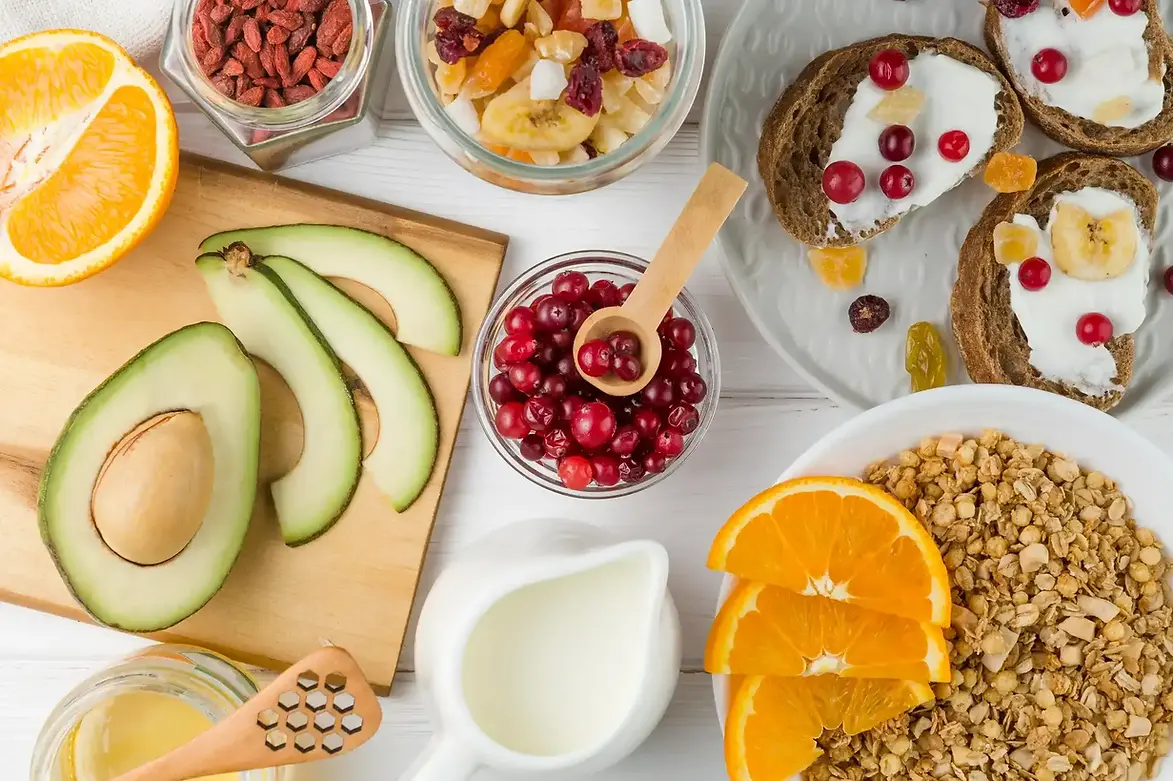
Maintaining a low-carb lifestyle is crucial for anyone who follows the Keto diet. But even as a lover of fruits, it can be challenging to incorporate them into your meals and snacks while remaining Keto-friendly. In this article, I will share my top picks for low-carb fruits, their nutritional benefits, and practical tips for integrating them into your Keto diet.
The Basics Need to Know
The keto diet is a low-carb, high-fat diet that aims to put your body in ketosis. This metabolic state helps your body burn fat for energy instead of carbohydrates. While many fruits are high in carbs, there are still plenty of keto-friendly options that you can enjoy in moderation.
Fruit is essential to a healthy diet and provides your body with essential vitamins, minerals, and antioxidants. However, when following a keto diet, you must be mindful of the fruits you consume, as some can quickly derail your carb intake.
What to Look for in Keto-friendly Fruits
When picking fruits compatible with a keto diet, choosing ones with low carb and high fiber content is essential. Fiber is crucial for a keto diet because it aids digestion regulation and provides a longer-lasting feeling of fullness. Choose fruits with a net carb count of 5 grams or less per serving.
When choosing fruits, it’s essential to consider their glycemic index (GI). The GI measures how fast the carbohydrates in a fruit can raise blood sugar levels. The scale ranges from 0 to 100, with higher values indicating that a particular fruit can cause a quicker increase in blood sugar levels.
When we consume foods that contain carbohydrates, like fruits, our body breaks them down into glucose. This glucose then enters our bloodstream and causes an increase in blood sugar levels. However, the rate at which different carbohydrates break down and enter our bloodstream varies, leading to different effects on our blood sugar levels.
What Fruit Can You Eat on Keto?
Top picks for fruits with low carbs. Here are my top picks for fruits with low carbs:
1. Avocado
Avocados are a popular food choice, especially for those following a ketogenic (keto) diet. Here are some key benefits to include in your diet:
Healthy Fats: Avocados are rich in monounsaturated, heart-healthy fats. These fats can help improve cholesterol levels and reduce the risk of heart disease.
Low in Carbs: Avocados are low in carbohydrates, making them suitable for those following a keto diet emphasizing low-carb, high-fat intake.
Fiber Content: Avocados are a good source of dietary fiber, which is essential for digestive health and can help with weight management.
Nutrient-Rich: Avocados are packed with nutrients, including vitamins (such as vitamin K, vitamin E, vitamin C, and several B vitamins) and minerals (such as potassium).
Antioxidants: Avocados contain antioxidants, including lutein and zeaxanthin, which are beneficial for eye health.
Incorporating avocados into your diet can be delicious and nutritious, especially if you’re following a ketogenic lifestyle. However, it’s essential to savor them in moderation, considering their calorie density owing to the healthy fats they contain.
A research study published in 2017 about avocados and human health explored the multifaceted health benefits of avocados, shedding light on their potential as a critical component in ketogenic nutrition. This research delves into the positive aspects of avocados, examining their role in weight management and their potential to offer protective effects against cardiovascular disease.
2. Berries
Berries are an excellent food choice for those following a keto diet due to their low carbohydrate content and high fiber and nutrient content. Berries such as strawberries, raspberries, and blackberries contain between 4-7g of net carbs per 100g, making them a low-carb option. They are also high in fiber, which helps to slow down the absorption of carbohydrates, reducing blood sugar spikes and helping to maintain ketosis.
Strawberries aim for about 1 cup of sliced strawberries, providing around 9 grams of net carbs. Raspberries include approximately 1 cup of raspberries, offering about 7 grams of net carbs, whereas Blueberries contain approximately 17 grams.
It’s also advisable to prioritize whole, nutrient-dense foods and to be mindful of portion sizes. Including a moderate amount of berries can add flavor and nutritional benefits to your diet while keeping carbohydrate intake in check. Individual tolerance to carbohydrates can vary, so tracking your macros and adjusting your berry consumption may be helpful based on your specific dietary needs and goals.
3. Watermelon
People often ask “Is Watermelon keto“. It is a fruit that is often avoided by those following a keto diet due to its reputation as being high in sugar. However, watermelon can be included in a keto diet in moderation due to its low carbohydrate content and numerous health benefits.
Now the question is how many carbs are in Watermelon, so One cup of diced watermelon contains only 11g of net carbs and is also a good source of vitamins A and C, as well as the antioxidant lycopene. Lycopene has been shown to have anti-inflammatory properties and may help to protect against certain types of cancer.
Additionally, watermelon is rich in water and electrolytes, making it a hydrating food choice that can help to maintain proper electrolyte balance while following a keto diet.
4. Tomatoes
Tomatoes are a versatile and nutritious food that can easily incorporated into a keto diet. One medium-sized tomato contains approximately 4g of net carbs, making it a low-carb option. Tomatoes are also a good source of vitamins A and C, potassium, and fiber.
Additionally, tomatoes are rich in the antioxidant lycopene, which has been shown to have anti-inflammatory properties and may help to protect against certain types of cancer. Tomatoes are also low in calories and can be used in various keto-friendly dishes, such as salads and sauces, to add flavor and nutrition. Therefore, incorporating tomatoes into a keto diet can provide nutritional and health benefits
5. Olives
Olives are a flavorful and nutritious food often included in a keto diet due to their low carbohydrate and high-fat content. One cup of olives contains approximately 2g of net carbs and is a good source of heart-healthy monounsaturated fats.
Olives are also rich in antioxidants, such as oleuropein and hydroxytyrosol, which have been shown to have numerous health benefits, including reducing inflammation and improving heart health.
Also, olives are a good source of vitamin E, iron, and fiber. Olives can be eaten as a snack or used in various keto-friendly recipes, such as salads and Mediterranean-inspired dishes, to add flavor and nutrition.
FAQs:
Can you eat grapes on keto?
While grapes are a healthy fruit rich in nutrients, they are not typically included in a keto diet due to their high carbohydrate content. One cup of grapes contains approximately 26g of net carbs, making it difficult to fit into a low-carb diet.
Additionally, grapes have a high glycemic index, which can cause blood sugar spikes and insulin responses, potentially knocking someone out of ketosis. However, if eaten in small quantities and as part of a balanced and controlled keto diet, grapes can be enjoyed occasionally as a treat. It is essential to monitor portion sizes and factor in the carbohydrate content when including grapes in a keto diet.
Are Pears and Cherries Keto-Friendly?
This is a common question among those following the ketogenic diet, which emphasizes low-carb and high-fat foods. Pears, known for their juicy and sweet taste, are indeed delicious, but they may not be the best choice for keto enthusiasts.
Pears contain natural sugars, including fructose, which can elevate blood sugar levels and potentially hinder the body’s state of ketosis. While they are a good source of fiber and several essential vitamins, including vitamin C and potassium, the carbohydrate content in pears can be higher than desired for a keto diet.
Therefore, if you’re strictly adhering to a ketogenic lifestyle, opt for lower-carb fruits like berries, avocados, or lemons to satisfy your cravings while staying in ketosis.
Like pears, cherries are undeniably delicious and packed with antioxidants, but they contain natural sugars that can affect ketosis. The carbohydrate content in cherries is relatively high, potentially disrupting your body’s state of ketosis. However, moderation is key.
Enjoying a few cherries as an occasional treat may not significantly impact your ketogenic lifestyle. Remember to keep track of your overall carbohydrate intake and consider fitting cherries into your daily macros if you’re craving their sweet and tangy flavor.
If you’re looking for lower-carb fruit alternatives that are more keto-friendly, options like strawberries, blackberries, or raspberries can be a great choice to satisfy your fruity cravings while staying on track with your keto goals.
Fruits to Avoid in Keto
Certain fruits are best approached with caution in ketogenic diets due to their higher carbohydrate content. Apples, bananas, dates, mangoes, pineapples, raisins, pears, cherries, pomegranates, plantains, prunes, and plums fall into this category. While these fruits are undeniably delicious, their carbohydrate levels may challenge those aiming to stay within the recommended carb limits of a keto lifestyle. Opting for lower-carb fruit alternatives can help maintain the delicate balance necessary for successful adherence to a ketogenic diet.
Free Recipes featuring keto-friendly fruits
Berry Chia Seed Pudding

Ingredients:
- 1 cup unsweetened almond milk
- 1/4 cup chia seeds
- 1/4 cup fresh berries
- One tablespoon honey (optional)
Directions:
- In a bowl, whisk together almond milk and chia seeds.
- Add fresh berries and honey (if using) and stir to combine.
- Refrigerate for at least 2 hours (or overnight) until the pudding has thickened.
- Serve chilled, and enjoy!
Avocado and Tomato Salad
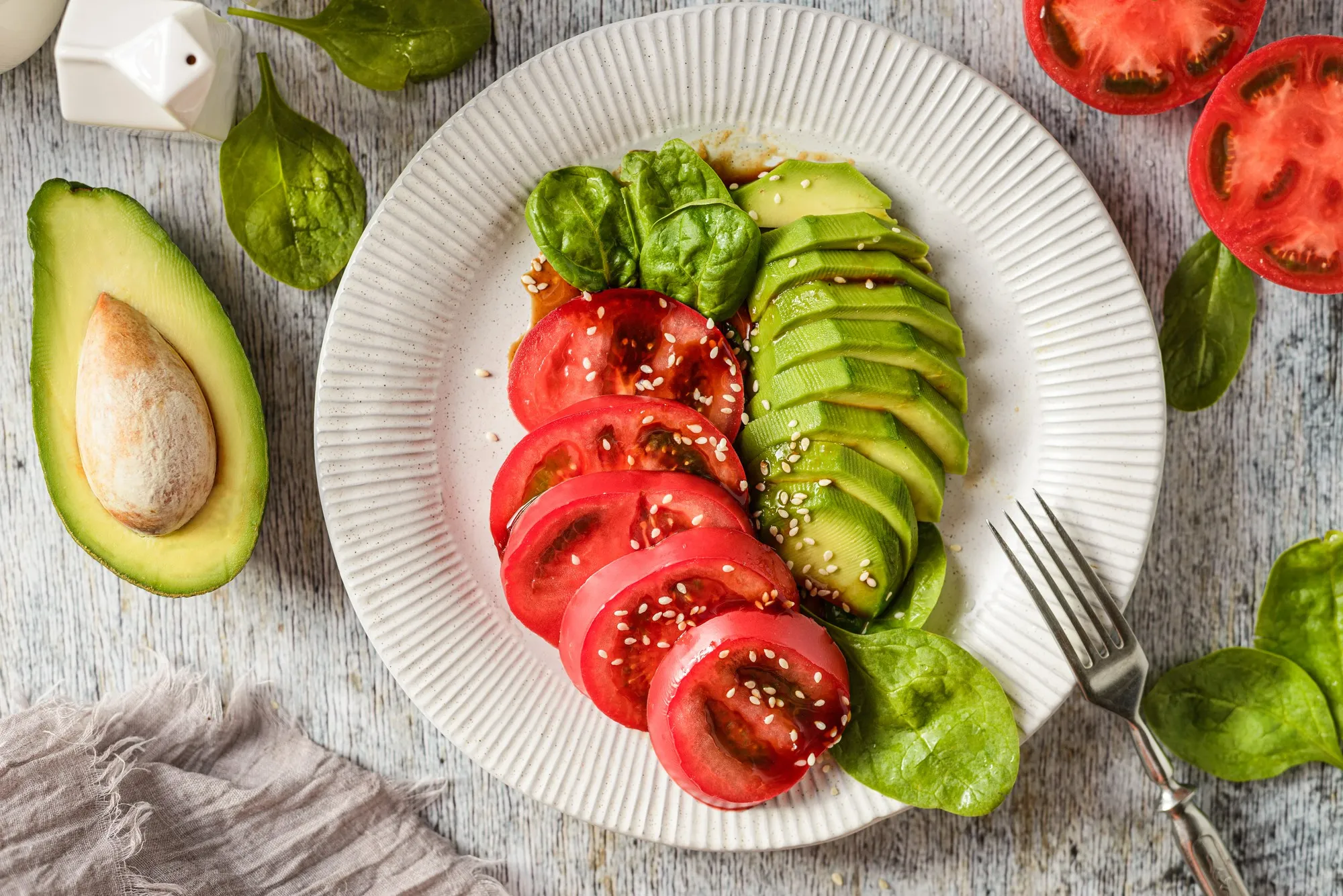
Ingredients:
- Two avocados, sliced
- Two medium tomatoes, sliced
- 1/4 cup diced red onion
- 1/4 cup chopped fresh cilantro
- Two tablespoons of olive oil
- One tablespoon of lime juice
- Salt and pepper to taste
Directions:
- Combine sliced avocados, tomatoes, diced red onion, and chopped cilantro in a large bowl.
- Whisk together olive oil, lime juice, salt, and pepper in a small bowl.
- Pour the dressing over the salad and toss to combine.
- Serve chilled, and enjoy!
Conclusion
In pursuing weight loss through a ketogenic lifestyle, the key often lies in understanding and managing the grams of carbohydrates consumed. Keto enthusiasts know that success is found in the meticulous tracking of daily carbs, emphasizing the intake of small amounts to stay within the desired carb limit.
The beauty of a keto fruit lies not only in its deliciousness but also in its ability to contribute to a low-carb diet. By being mindful of the amount of carbs in these keto-friendly fruits, individuals can savor the sweetness in small, controlled portions, aligning with their carb-conscious journey. This strategic approach to the number of carbs consumed supports weight loss goals and fosters a sustainable and enjoyable experience on the ketogenic path. Happy eating!
Share this content:
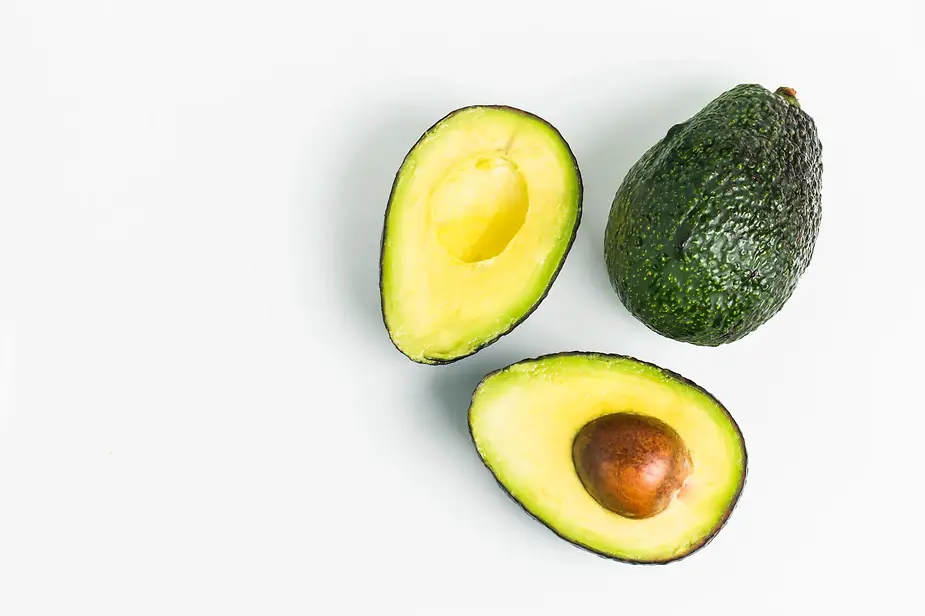

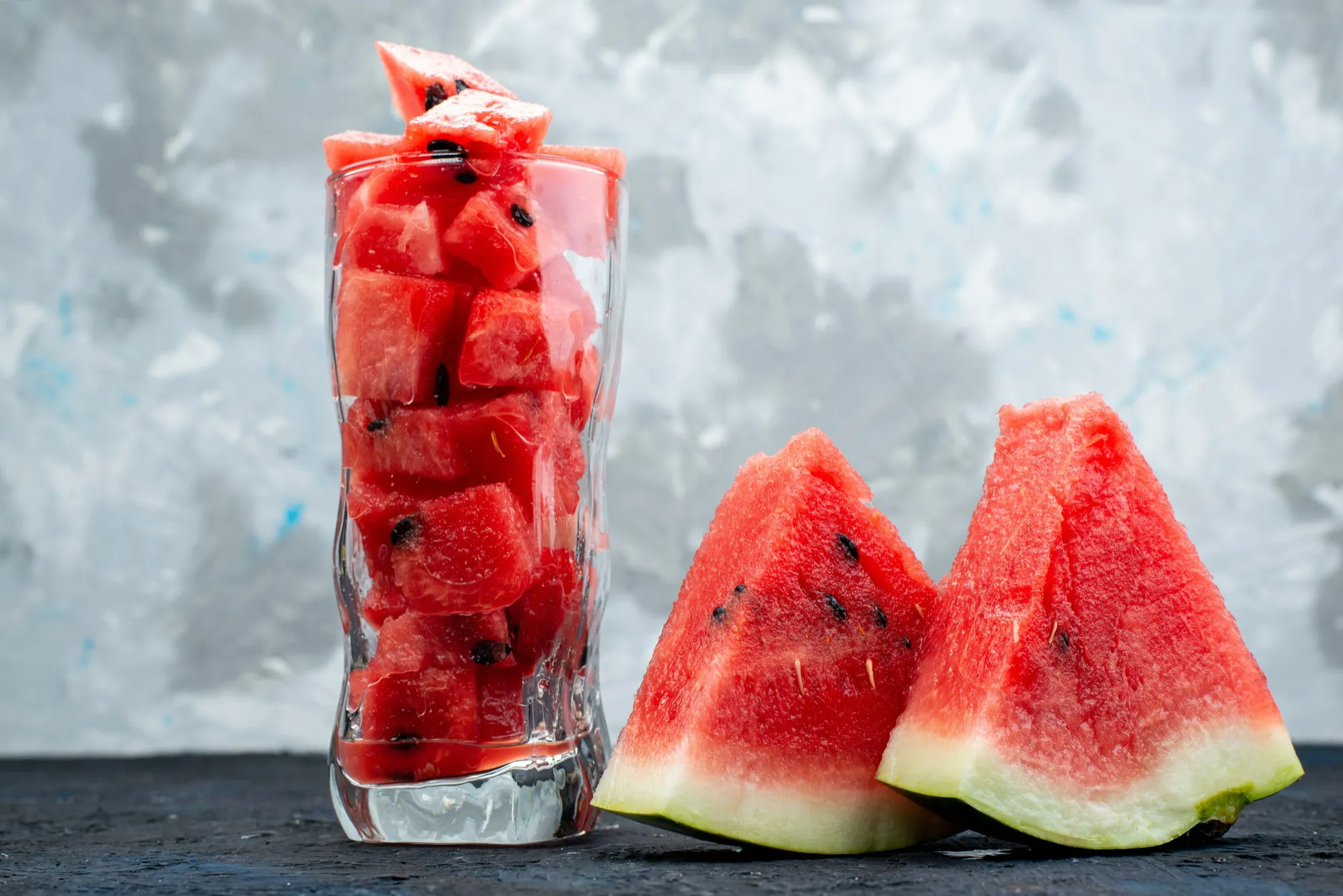
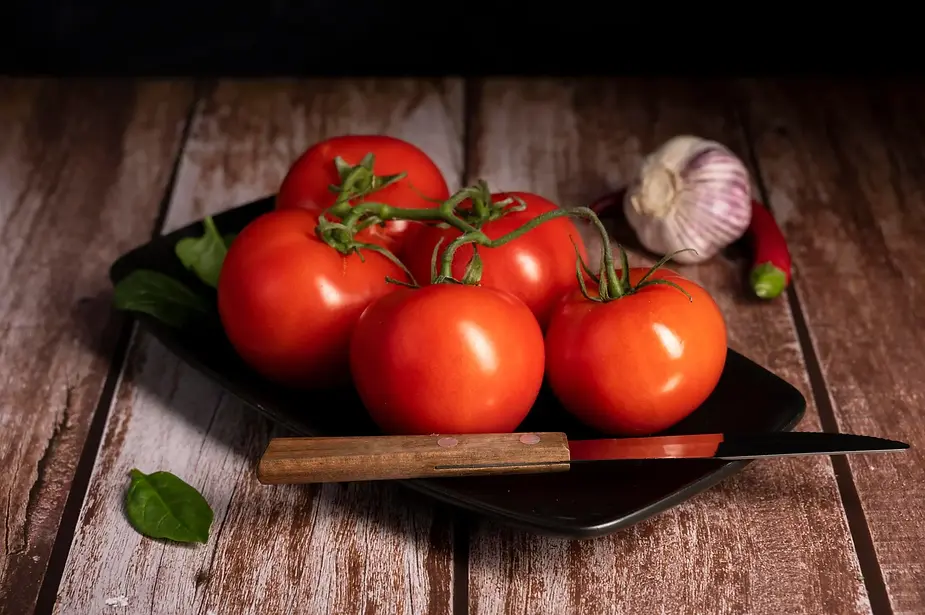
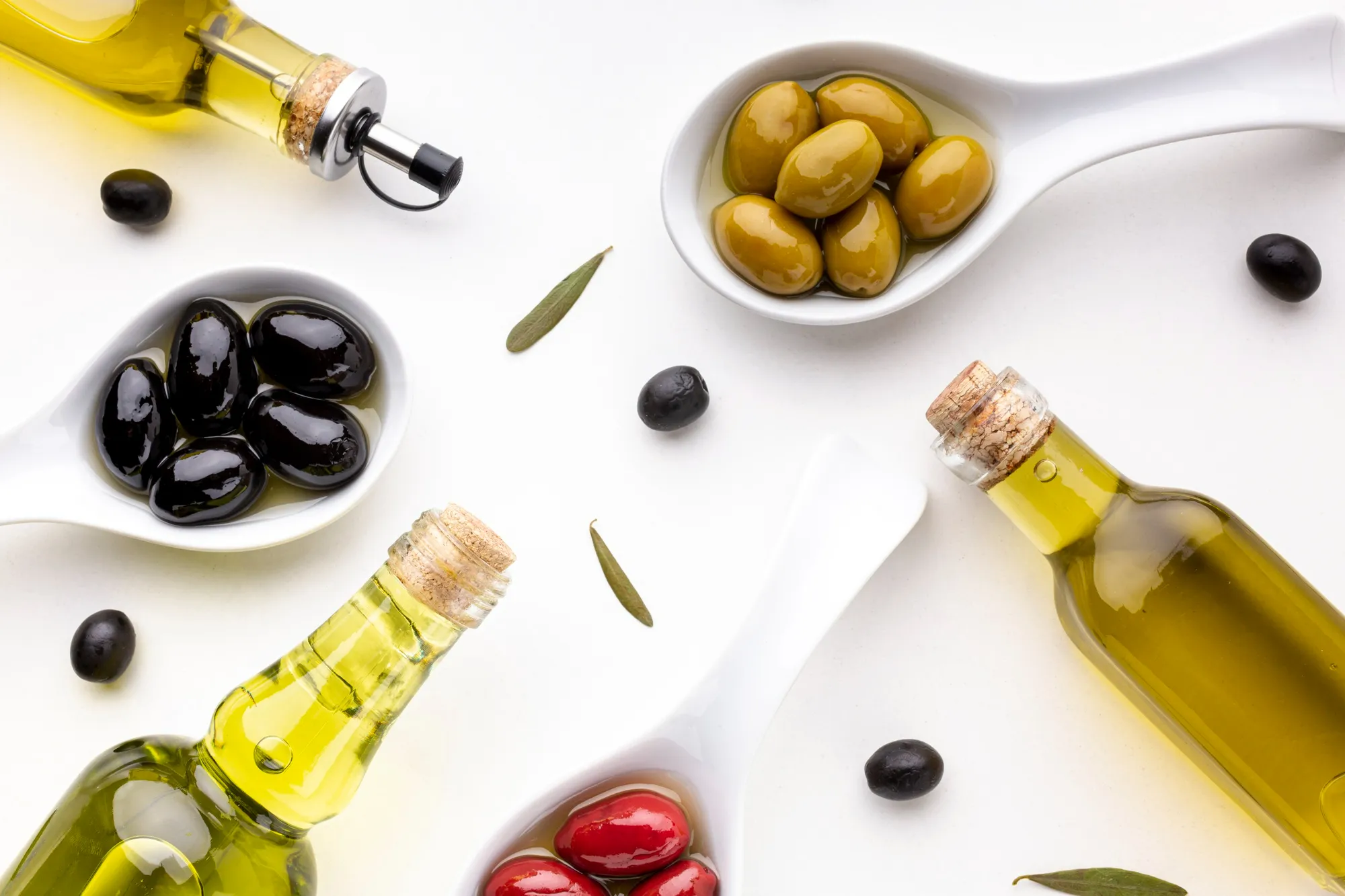


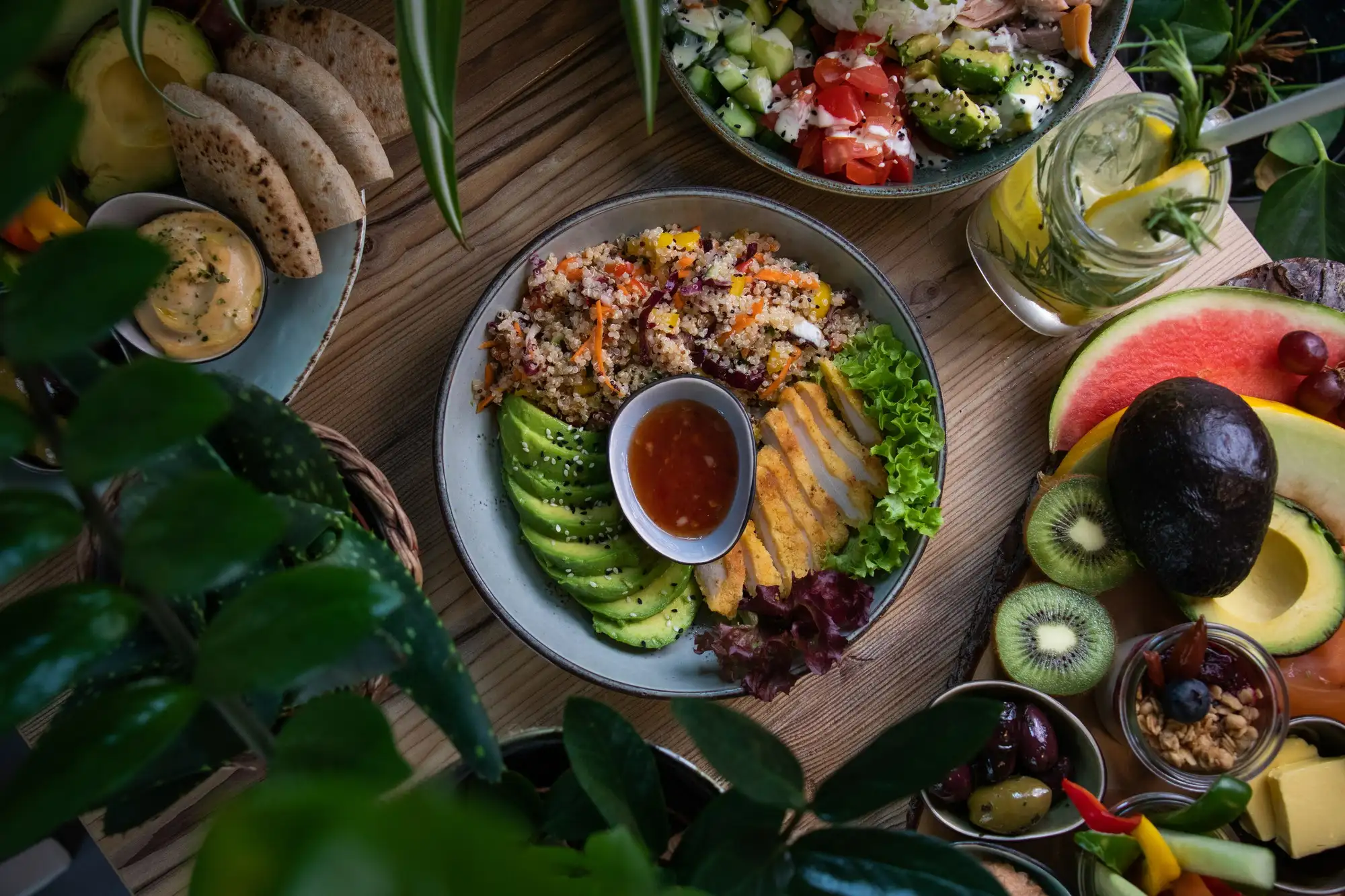










Post Comment